Steel is highly familiar in daily life. Among them, hot-rolled steel and cold-rolled steel are the two most commonly used types. However, not everyone understands these two types of steel, nor do they know which one to choose for construction. Therefore, in the following content, Stavian Industrial Metal will compare hot-rolled steel and cold-rolled steel to help everyone understand clearly and make the right choice.
Before comparing cold-rolled steel and hot-rolled steel, we must first have a good understanding of them. To specify:
Hot Rolled Steel is a type of steel created by rolling at extremely high temperatures, reaching up to 1000°F. This process enhances the steel’s formability and workability significantly compared to untreated steel products, making it much more convenient and straightforward for processing.
The process unfolds as follows:
The blank is taken from the steel mill and placed into heat furnaces for heating. Typically, the temperature of the heating furnace for steel processing is around 1000°C (the recrystallization temperature of steel).
Afterward, the steel blanks will be continuously rolled until they take on their final shape.
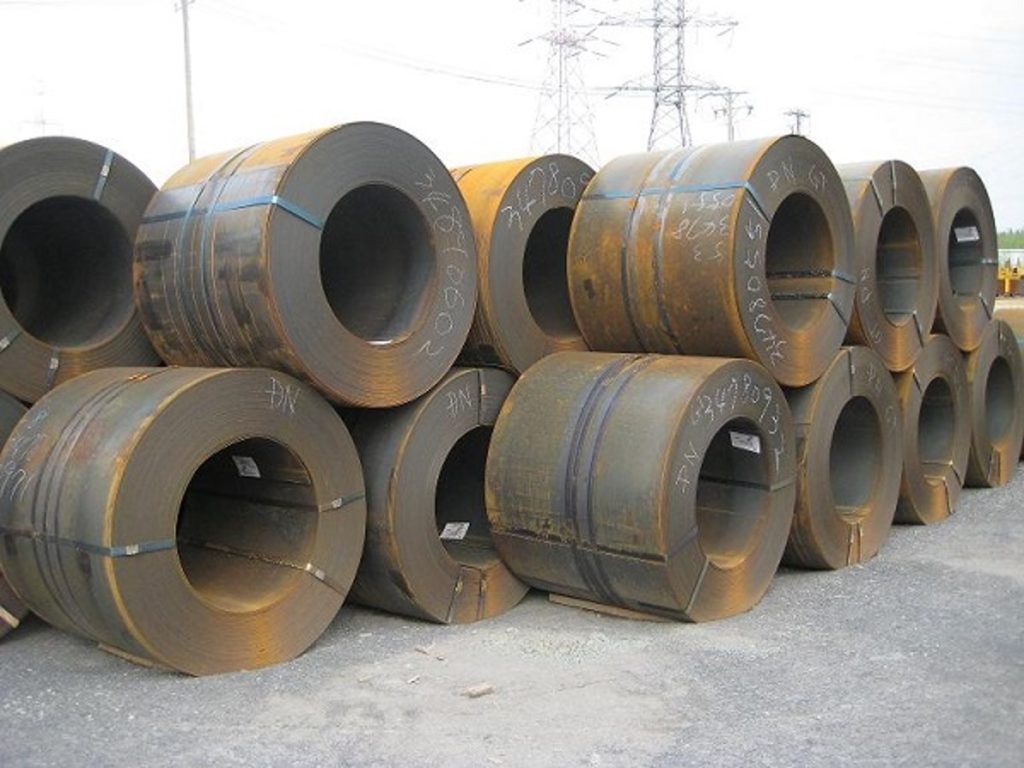
– Advantages
The hot rolling method reduces the yield stress of steel and increases its ductility. This makes the steel more malleable and enhances its ability to take shape, resulting in more precise shaping.
When steel is heated and continuously rolled, the molecules within the steel are more evenly distributed. This can eliminate or reduce the non-uniformity of steel microstructures.
The process of hot rolling steel also serves to resize it or completely close any voids caused by the phenomenon of oxygen escape on the steel’s surface.
– Disadvantages
After hot rolling, the steel will proceed to the cooling stage at room temperature. This cooling process often occurs unevenly, leading to the formation of residual stresses within the finished steel. This phenomenon is particularly evident in steel types with uneven cross-sectional surfaces, such as rails, I-beams, and others.
The allowable tolerance limit for steel dimensional deviation (tolerance) in finished products typically ranges from 2% to 5%.
While the finished products meet quality standards, a layer of oxide film (also known as scale) is always present on the surface of the steel (formed after the hot rolling process). This oxide form develops at high temperatures, detracting from the aesthetic appearance of the finished product. However, this issue can be addressed through various techniques such as pickling, grinding, or sandblasting.
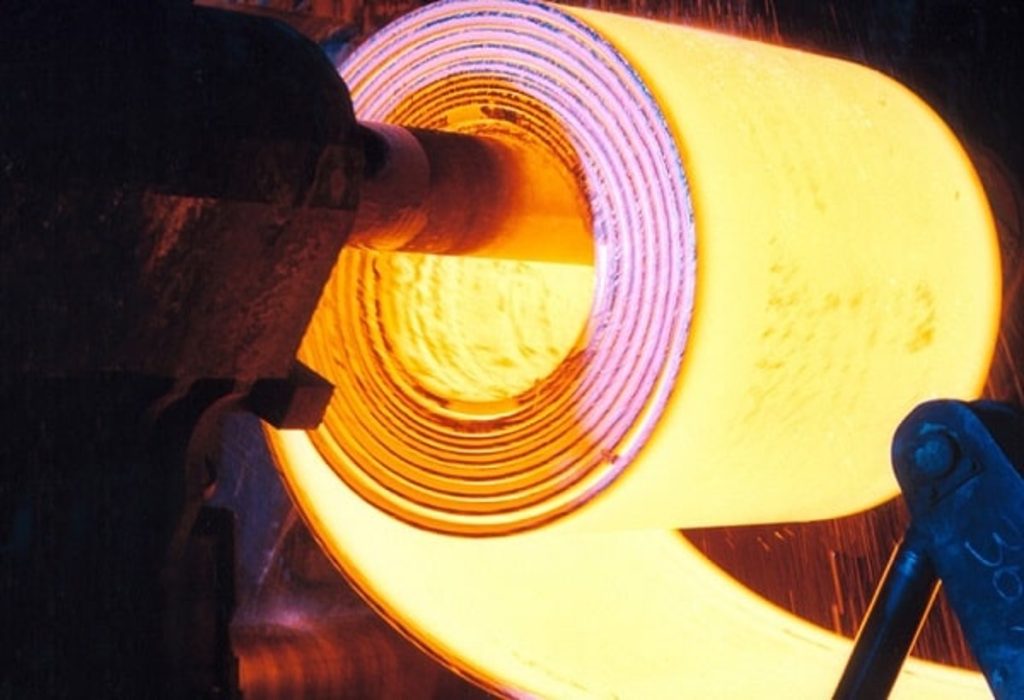
Through these aforementioned characteristics, hot-rolled steel products are best suited for use in structural components. Additionally, they are also applied for purposes that do not require extremely high precision in terms of shape or tolerance, such as:
Cold rolled steel is a term used to refer to steel products that undergo cold processing (processing at room temperature).
Cold-rolled steel is the type of steel that is rolled at much lower temperatures compared to hot rolling. It typically falls within the range of 700 to 900 degrees Celsius. Once rolled, cold-rolled steel goes through additional processes such as shearing, cutting, bending, or flattening to produce high-strength steel products that are also more accurate in terms of dimensions.
The common cold processing methods include rolling, pressing, stamping, and bending.
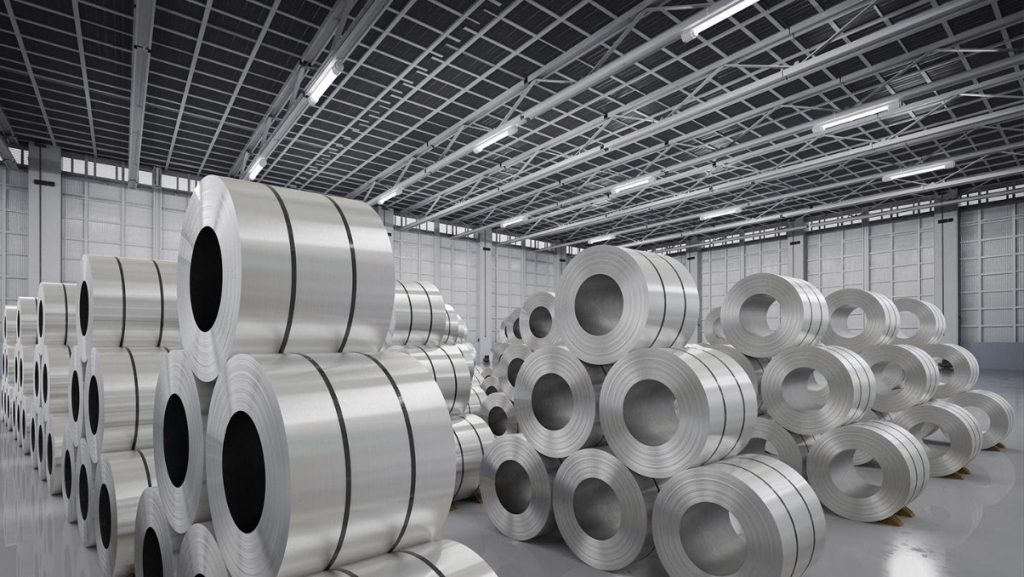
– Advantages:
Cold-rolled steel is generally better in increasing the strength and hardness of the finished steel than hot-rolled steel, often by about 15-20%. This is achieved through the bending or processing of the steel.
The yield strength value for cold-rolled steel shapes typically falls within the range of 33 ksi to 80 ksi.
Cold-rolled steel’s elastic modulus can reach 29,000 to 30,000 ksi.
Cold-rolled steel is applied to create products that achieve higher accuracy standards. Because all processing steps are carried out at room temperature, the steel will not contract as it does during the hot rolling process.
Cold-rolled steel exhibits higher aesthetic qualities, with a very smooth and polished appearance due to the absence of oxide layer formation on the surface.
The quality of the final products is consistently uniform.
– Disadvantages:
The load-bearing capacity in structures subjected to bending and compression by cold-rolled steel is often significantly constrained.
The resulting products are typically limited to certain shapes such as squares, circles, ovals, rectangles, etc. This is because, as the steel undergoes the cold rolling process, its hardness and strength increase while its ductility decreases. Consequently, the formability of cold-rolled steel is significantly reduced.
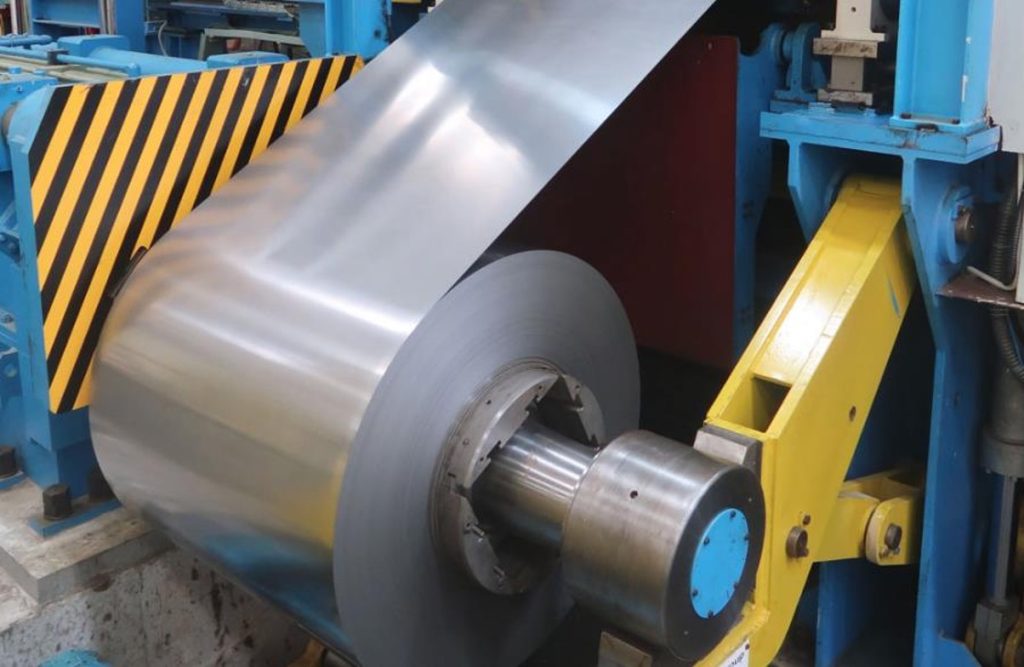
It possesses good hardness, reasonable flexibility, ability to withstand heavy loads, making it easy to weld and cut. Therefore, cold-rolled steel is commonly applied to create a wide range of products that demand high quality and strong load-bearing capabilities.
Learn more
Hot-Rolled Steel Plate: Advantages, Applications, Price List
Rolling is a process where the material is fed through the friction force between two rotating cylindrical rolls to reduce the thickness of the material. During this process, two cylindrical rolls are constructed together with a shaft through a driving force powered by robust motors.
The tolerances among the coils can be adjusted to varying degrees depending on specific needs. The spacing or tolerance is commonly referred to as the roll gap, which is adjusted.
This is one of the crucial metal processing techniques used to increase the production yield of steel products.
Hot rolling is a metal processing process conducted at a temperature exceeding the material’s recrystallization temperature. When the particles have undergone deformation during the processing, they can be re-crystallized to maintain a uniform microstructure and prevent metal from becoming hardened.
The newly produced material often takes the form of semi-finished cast products such as cast bars, cast plates, ingots, and round bars.
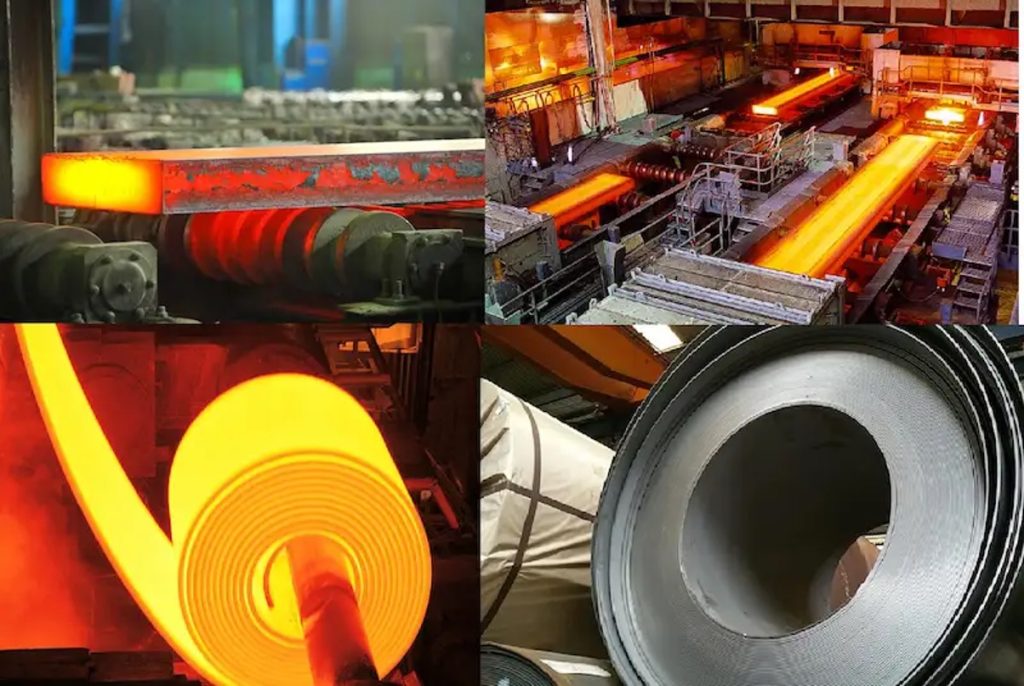
Through the cold rolling process, steel is treated at room temperature, resulting in a hardness increase effect of up to 20% for the product. This operation also enhances the aesthetic appeal of the surface and maintains the initial dimensional accuracy.
Cold rolling is typically applied to products such as sheets, strips, bars, and rods, which are smaller in scale compared to hot-rolled products.
Construction steel is often chosen from hot-rolled steel sheets, which are produced through the high-temperature process of hot-rolling. After undergoing the hot rolling phase, the steel becomes stronger and more flexible, ready to serve various purposes.
However, in specific situations, we also encounter the application of cold-rolled steel in construction projects, especially when high mechanical strength and optimal dimensional accuracy are required, such as in the fabrication of doors and windows, for instance…
In summary, while hot-rolled steel remains widely advantageous in most construction projects today, the role of cold-rolled steel cannot be denied in certain specific situations.
As mentioned earlier, the key difference between hot-rolled steel and cold-rolled steel lies in the processing method. Hot-rolled steel is rolled at extremely high temperatures to enhance crystallization, whereas cold-rolled steel is rolled at lower temperatures (below crystallization temperature). Not only that, these two material types also exhibit significant differences as follows:
Surface quality: Hot-rolled steel often has rough and uneven surfaces, which may require treatment such as decarbonization or other processing methods to be effectively utilized in various design applications. On the other hand, cold-rolled steel features a bright and smooth surface with high aesthetic appeal, making it suitable for a wide range of manufacturing activities.
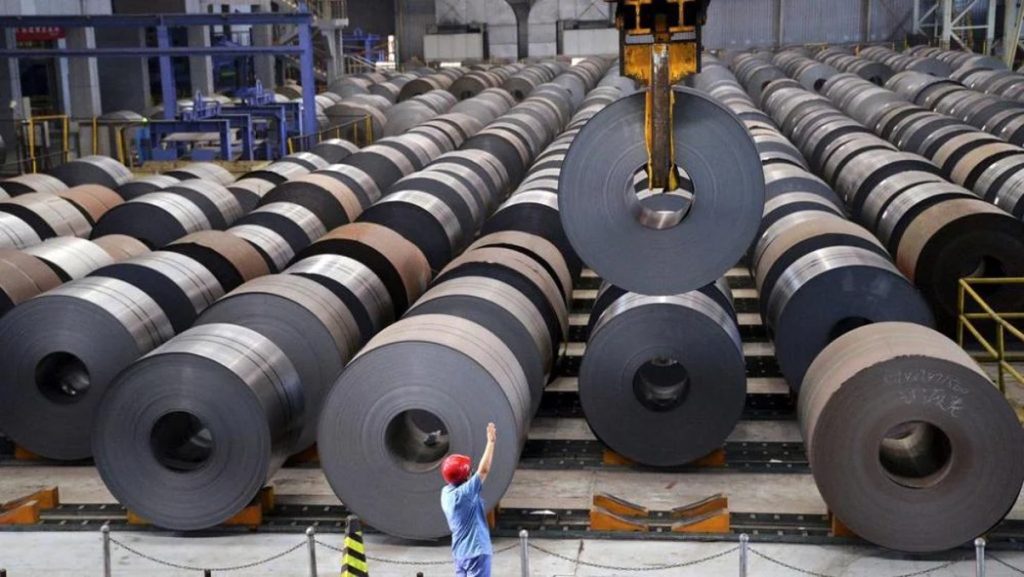
Material hardness: When subjected to cold rolling, steel will acquire higher strength and hardness compared to finished products processed through the hot rolling process.
Therefore, buyers should never confuse these two types of steel solely based on their steel grades without considering the technical specifications. Otherwise, it would be difficult to distinguish between the products or their physical characteristics.
| Cold rolled steel coil | Hot rolled steel coil | |
| Typical thickness | 0.15mm-2mm | 0.9mm and above |
| Surface | Bright white, glossy | Typical dark green |
| Edge | Usually trimmed straight and sharp edges | The two edges of the roll will be rounded, rough, and rusty when left for a long time |
| Preservation | Cold-rolled products are usually contained in packages and stored indoors. It is easy to rust on the surface, so it cannot be used | Hot rolled steel can be left outdoors for a long time without packaging to preserve |
| Price | The cost of hot rolled steel will be much cheaper than cold rolled steel because of less processing | Similarly, because cold rolled steel is processed more, the price will also be higher |
| Tolerance | Higher tolerance because when it is hot rolled and then cold, the shape will deform by itself, therefore making it difficult to control | Small tolerance due to low temperature rolling, so it is easier to control impacts so as not to deform |
Hot-rolled steel or cold-rolled steel each possesses its own distinct characteristics. However, depending on specific usage requirements, users can choose the most suitable product to meet both productivity and cost needs.
Superior features of cold-rolled steel include increased durability and toughness compared to hot-rolled steel by up to 20%. The surface is less susceptible to deformation from external environmental factors. It exhibits minimal deviations, is aesthetically pleasing, easily malleable, and rarely breaks during processing. Due to these attributes, the cost of this product is significantly higher than that of hot-rolled steel.
The cost of cold-rolled steel typically ranges from $700 to $800 per ton, depending on the steel type and manufacturer. Furthermore, the cost may vary at different purchasing times.
Currently, the construction materials market in our country is extremely popular. As a result, many customers are unsure of where to find truly reputable sources for their selection. To avoid unnecessary risks, please contact Stavian Industrial Metal Joint Stock Company.
We are a highly reputable brand in the current market, with the capability to supply and distribute all types of steel in general. Providing quality, diverse designs, and reasonable prices to our customers.
With many years of experience in supplying a wide variety of steel, Stavian is always ready to offer customers truly reliable and guaranteed quality sources to serve the general purposes and needs of everyone.
Through the knowledge that we have compiled and shared with you here, we hope that it will help everyone better understand the characteristics and differences between hot-rolled and cold-rolled steel. This understanding can assist individuals in making appropriate and optimal choices for their projects.
If you have a need for consultation on purchasing and using hot-rolled and cold-rolled steel, you can contact Stavian Industrial Metal today for dedicated and thorough support.
Address
Website: https://stavianmetal.com
Email: info@stavianmetal.com
